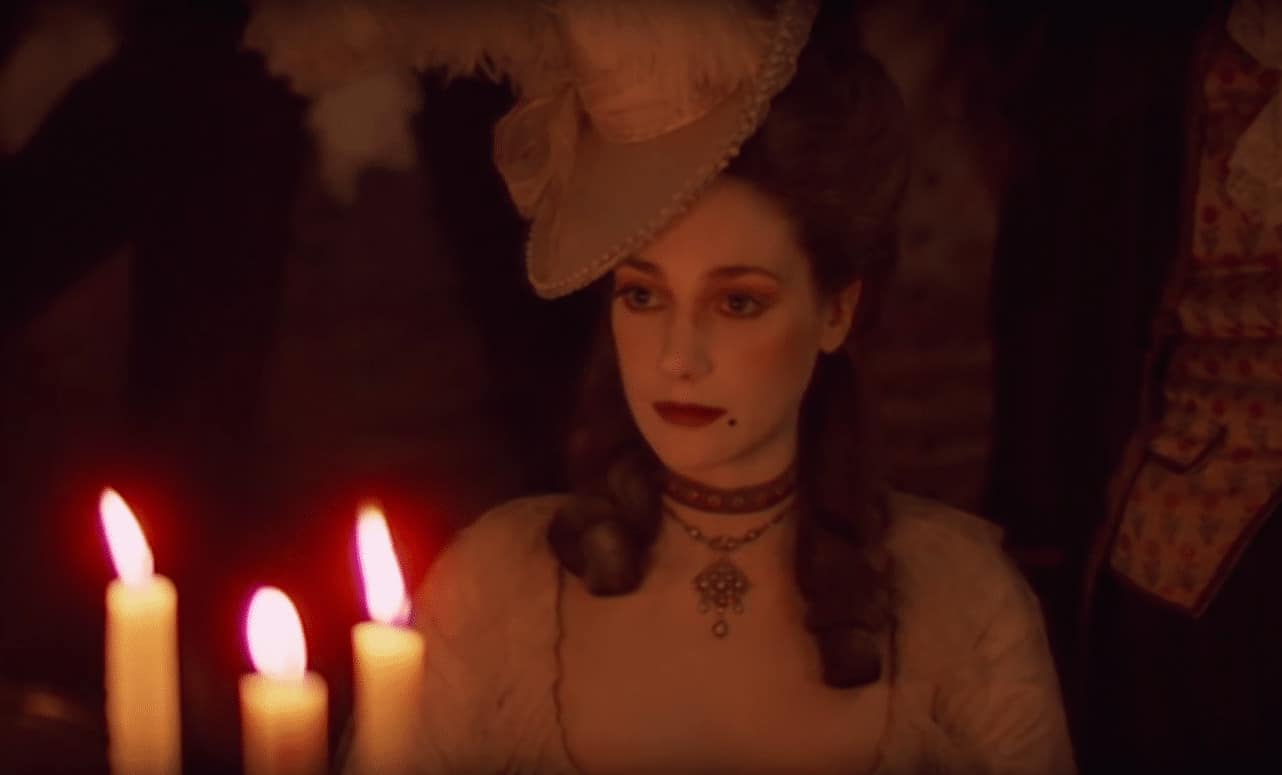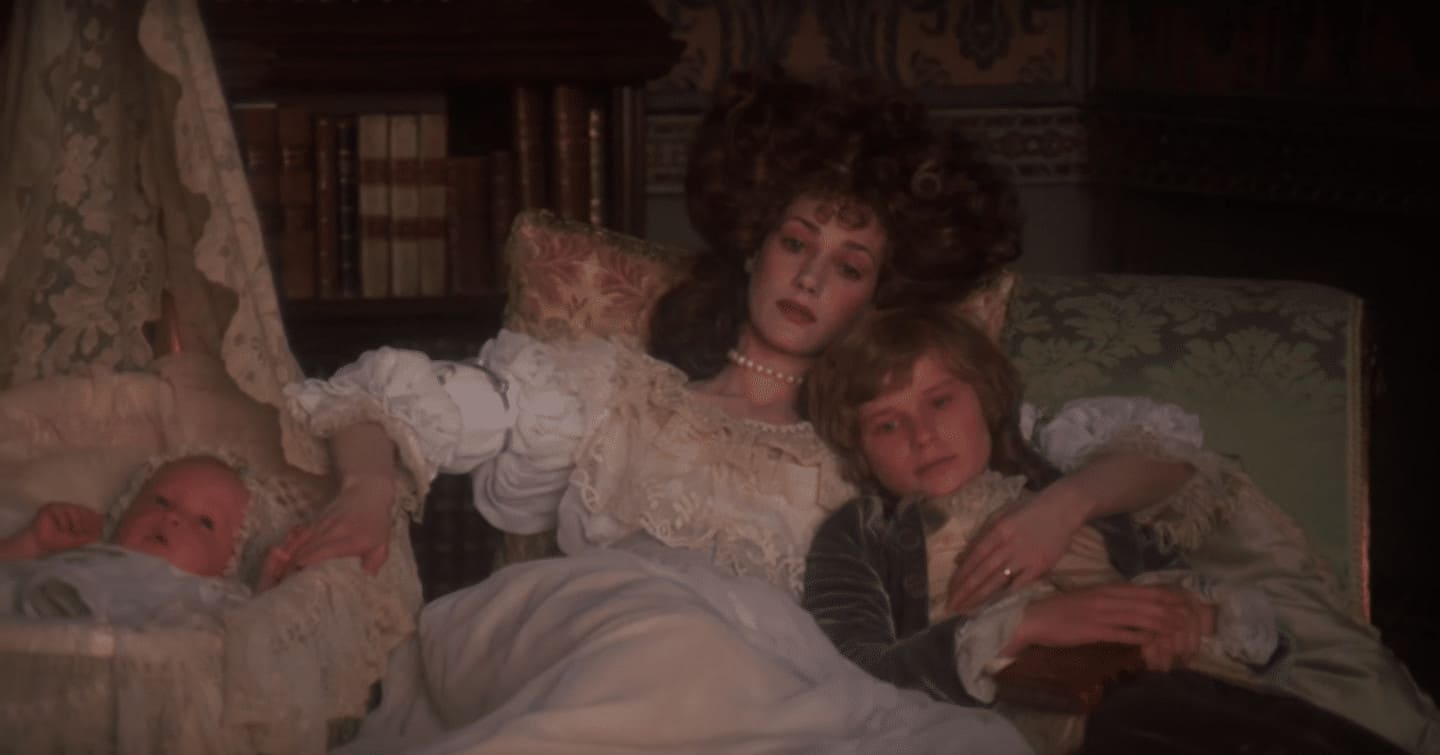
Despite three Academy Award nominations for Best Director and a solidified reputation as an auteur, Stanley Kubrick could not realize his Napoleon Bonaparte biographical drama. He poured himself into every narrative that stemmed from the French emperor, obsessing over the successes and failures of other storytellers. He spent thousands of dollars and several years traveling (or sending scouts) to locations where he would concoct his great work. He cast and recast the film, convinced the Romanian Army to lend him their troops for its epic battle sequences, but eventually faced defeat from outside forces. When Sergei Bondarchuk’s Waterloo sank at the box office in 1970 so did Kubrick’s financing. His Napoleon is one of the unrealized masterpieces.
Except that Kubrick did get it made. There is no need to imagine what Napoleon might have been because you can simply put Barry Lyndon before your eyes. Yes, the film has a different name, characters, plot, and a slightly separate time period (1750-1789, fifteen years shy of the Napoleonic Wars), but the emotions and artistry are identical. Kubrick had become interested in adapting William Makepeace Thackeray’s Vanity Fair at one point, but again, another filmmaker’s project prevented him from accomplishing the task. Instead, Kubrick jumped books and marshaled all his research conducted under Napoleon for a version of The Luck of Barry Lyndon.
Shot over the course of eight and a half months with a crew of 170 people moving between England and Ireland, Barry Lyndon’s most notable reputation today surrounds its sumptuous, painterly photography. Kubrick partnered with cinematographer John Alcott who he had fostered from focus puller to lighting cameraman on 2001: A Space Odyssey and elevated to D.P. on A Clockwork Orange. They were looking to replicate the landscapes of Jean-Antoine Watteau and the portrait style of Thomas Gainsborough. What they absolutely did not want to create was a drab costume drama doomed to a life of classroom presentation.

Barry Lyndon had to be history removed from the textbook. If they were going to find realism on location, then that also meant they had to strip away as much cinematic artifice as possible. No electric light. For the outdoor scenes, Alcott shot on an Ariflex 35 BL which allowed him to adjust the aperture of the lens through an outside gear. This offered him the ability to fine-tune on the fly while nature carelessly altered the lighting, giving him some freedom to match shots throughout Britain’s absurd weather variation. Watch the film and marvel as clouds forcefully make their presence known, daring Kubrick’s usual sense of absolute control. Actors can be pawns; the sun cannot.
When shooting interiors, Alcott did allow for some artificial lighting. He would often illuminate a room by placing mini brute lights (a fixture containing four to nine small bulbs) outside its windows. He would then defuse the brightness by taping tracing paper to the glass panes which in turn caused a genuine daylight flare on the image. To gain even more control on the frame, Alcott applied gels to the windows of certain scenes as well, regulating warmth or coolness where Kubrick required.
Sometime during 2001: A Space Odyssey, Kubrick developed an obsession for capturing a scene exclusively using candlelight. He was determined to achieve this on Napoleon and when that film fell through half the reason for pursuing Barry Lyndon was finally to actualize this experiment. Most considered the feat an impossible one at the time because there did not exist a lens fast enough to catch an acceptable exposure with such low lighting.
In their quest to photograph the dark side of the moon, NASA commissioned ten Planar 50mm f/0.7 still lenses from the German optical manufacturer Carl Zeiss AG. When Kubrick learned of their existence, he purchased three for himself as well as a Mitchell BNC camera. The director did not rent equipment. Since these lenses were designed for still photography, the motion picture camera demanded somewhat severe modification. Trusted technical wizard Ed DiGiulio was charged with grounding down the lens mounts because of the extreme size of the rear element that needed to be positioned only 4mm from the film plane. After hacking away and removing whole chunks from the Mitchell, DiGulio accomplished a miracle of sorts.
Then came a new problem. The NASA lenses had almost no depth of field which meant that focus had to be exact or all figures would be blurry. Within ten feet of the camera, Alcott marked distances to the exact inch. To keep track of these measurements, focus puller Douglas Milsome used CCTV to record and monitor the distances. The video camera was positioned at a 90-degree angle to the movie camera, filming the actors in profile. On his TV screen, Milsome placed a grid in which he could document how much a performer had shifted in the scene. This method allowed a little flexibility of movement while maintaining focus.
With those issues resolved, the 50mm lens was an exceptional weapon for closeups, but Kubrick naturally wanted to nab coverage with a wide shot. DiGuilio placed an adapter built to modify the throw of light in cinema projector lenses onto the 50mm which effectively changed its focal length to 36.5mm with very little loss of light. DiGuilio also attempted a 24mm model, but Kubrick immediately discarded the option due to distortion.

The final problem was that as a result of such little light on set the Mitchell BNC’s side viewfinder could not register the image. Who knew what the hell they were shooting? The part was just one more scrap of the Mitchell that needed replacing. Alcott Frankensteined a mirror-based viewfinder from a Technicolor camera that reflected the desired frame for inspection. Voila.
The last step in the process was Kubrick’s insistence on having the entire film push-developed. The technique is an overdevelopment of the film using temperatures often balked at by the manufacturer, but the result atones for the underexposure that occurred in camera. Saturation and warping of color become positive aspects of the operation. Suddenly, what was once deemed impossible became gloriously achievable – for Kubrick and the filmmakers that came after him.
With Barry Lyndon Stanely Kubrick and John Alcott pushed cinema into bold, new arenas. Kubrick took the denial of one project and transplanted the emotional experience into another. As fun as it might be to dream of what could have been with Napoleon, such fantasy is pointless. Choose instead to bask in the brilliance of what he revolutionized with a little help from the space race.
Related Topics: Barry Lyndon, Cinematography, NASA, Stanley Kubrick

